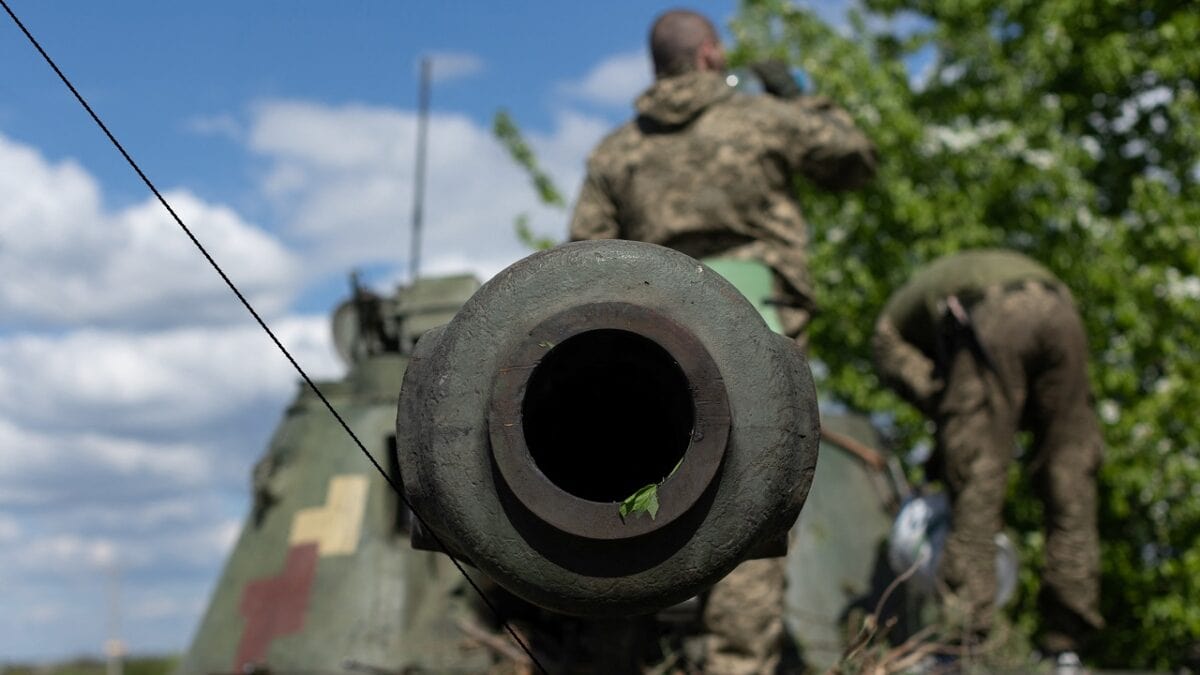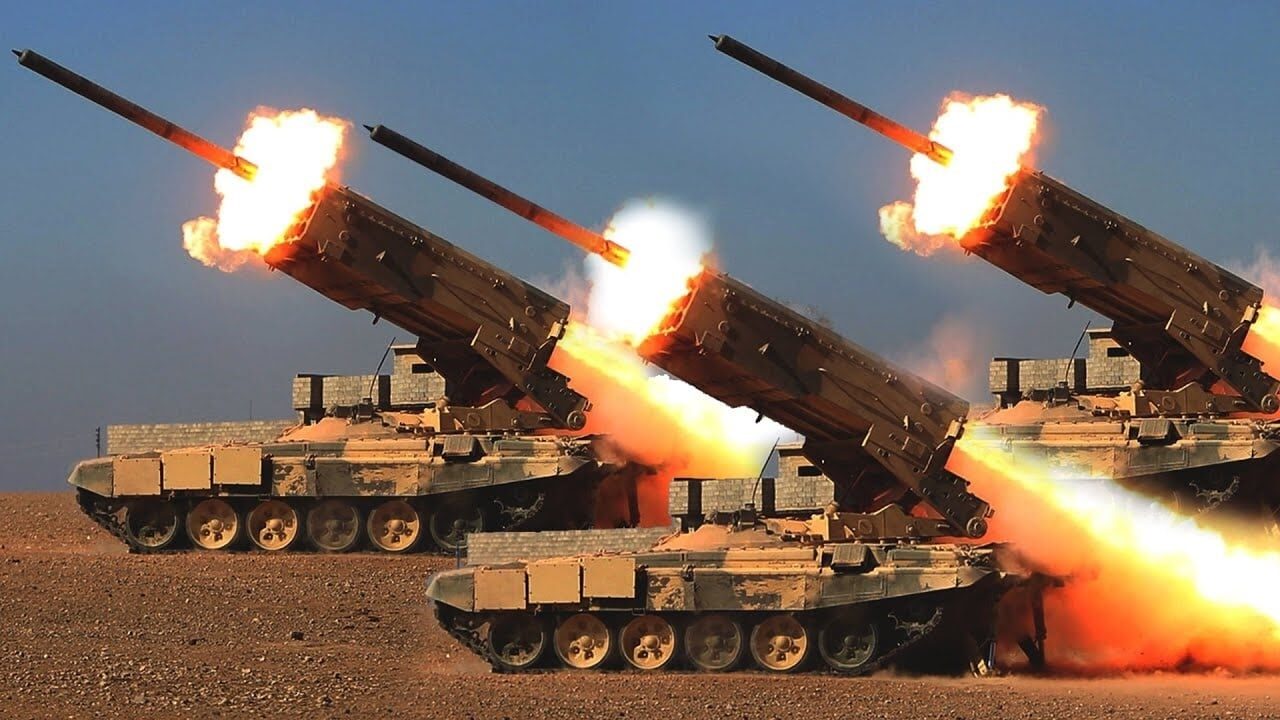In its latest unmerited accusation against Ukraine, the Russian Ministry of Defense claims that Kyiv might use a dirty bomb against Vladimir Putin’s forces. The allegation, true or not, might be used to give Russia an excuse to attack Ukraine with its own weapons of mass destruction.
Dangerous Accusations
Russian Minister of Defense Sergei Shoigu made repeated contact on Oct. 23 with his counterparts in the United States, France, the United Kingdom, and Turkey, claiming Ukraine was about to use a dirty bomb that would release radioactive contaminants on Russian troops. France, Britain, and the United States made a joint statement in which they dismissed the accusation. U.S. Secretary of State Antony Blinken said the “world would see through any attempt by Russia to use this allegation as a pretext for escalation.”
The accusation could set Russia up to carry out a false flag operation – Moscow might stage a chemical or biological attack and falsely attribute that action to Ukraine. Ukrainian President Volodymyr Zelenskiy has said the Russians are planning to use WMDs, and that the world should be ready for the worst.
What Is a Dirty Bomb?
The U.S. Centers for Disease Control and Prevention defines a dirty bomb as one that uses dynamite to blast radioactive materials into the atmosphere. It is a radiological dispersion device. The radioactive materials could be in solid, liquid, or gaseous form – attackers can also use pellets or powder for radioactive delivery. The device does not create an atomic explosion, but it would release explosive materials and a radioactive plume of contamination to sicken people in the area with poisonous smoke and dust. A dirty bomb could contaminate a few blocks of a town or city – the exact dimensions of the affected area depend on the amount of radioactive material in the device, and the level of wind available to disperse it.
How It Would Work
An initial explosion would claim the first victims, and survivors in the vicinity would then breathe in the radioactive material. Since buildings could be contaminated, the area would have to be evacuated. Hazmat workers and first responders would clear the area and cordon off contaminated real estate. This could create a panic and leave lasting psychological effects on the populace. Indeed, the scariest aspect of radiation is that those exposed do not immediately know they are infected.
The effectiveness of the bomb depends on how long the radioactive material is breathed in, or whether it touches and coats the skin. The greater the radiation level, the greater the risk to victims. The U.S. Nuclear Regulatory Commission believes a dirty bomb is unlikely to kill many people or cause widespread severe illness, and that the real risk is in the initial dynamite explosion. According to the Department of Homeland Security, most casualties from a dirty bomb would come from the “heat, debris, radiological dust, and force of the conventional explosion.” However, a dirty bomb would certainly disrupt normal life and create a surplus of fearful refugees and anxious, homeless persons.

Ukrainian soldiers stand on top of a tank, amid Russia’s invasion of Ukraine, in the frontline city of Lyman, Donetsk region, Ukraine April 28, 2022. REUTERS/Jorge Silva
Moscow’s Dirty Work
This whole saga is another example of Moscow trying to promote panic among Ukrainians and allied governments. Ukraine obviously has no plans to detonate a dirty bomb, or to use chemical and biological weapons of any kind. They have already seized the advantage in the war through conventional means. The Kremlin is desperate. It is trying to provoke fear and anxiety. But there is not a likely scenario for usage of a dirty bomb. Russian conventional artillery fire, missiles, bombs, and rockets do more damage to Ukrainian civilians.
Expert Biography: Serving as 1945’s Defense and National Security Editor, Dr. Brent M. Eastwood is the author of Humans, Machines, and Data: Future Trends in Warfare. He is an Emerging Threats expert and former U.S. Army Infantry officer. You can follow him on Twitter @BMEastwood. He holds a Ph.D. in Political Science and Foreign Policy/ International Relations.

